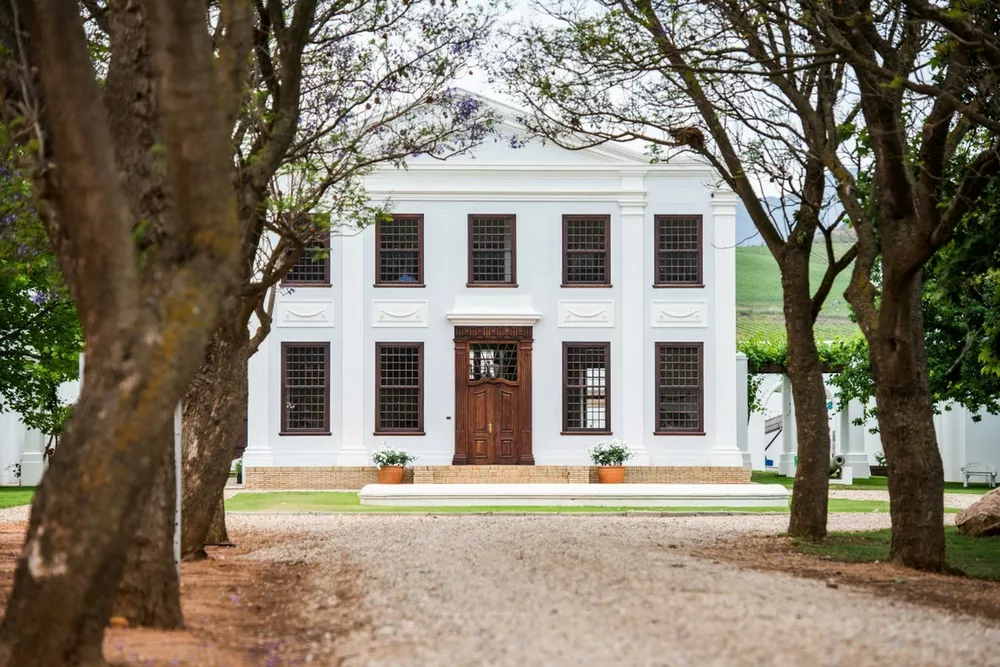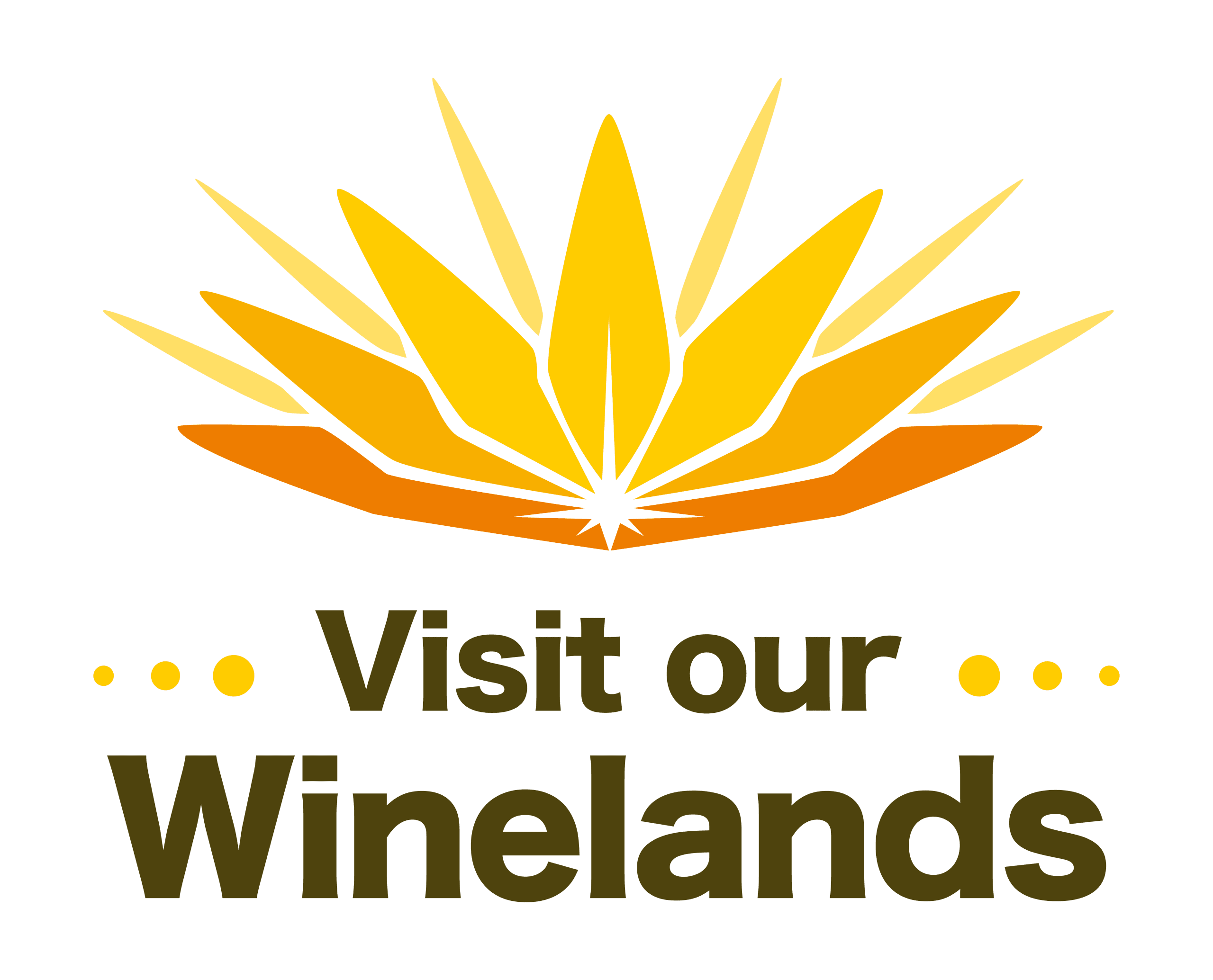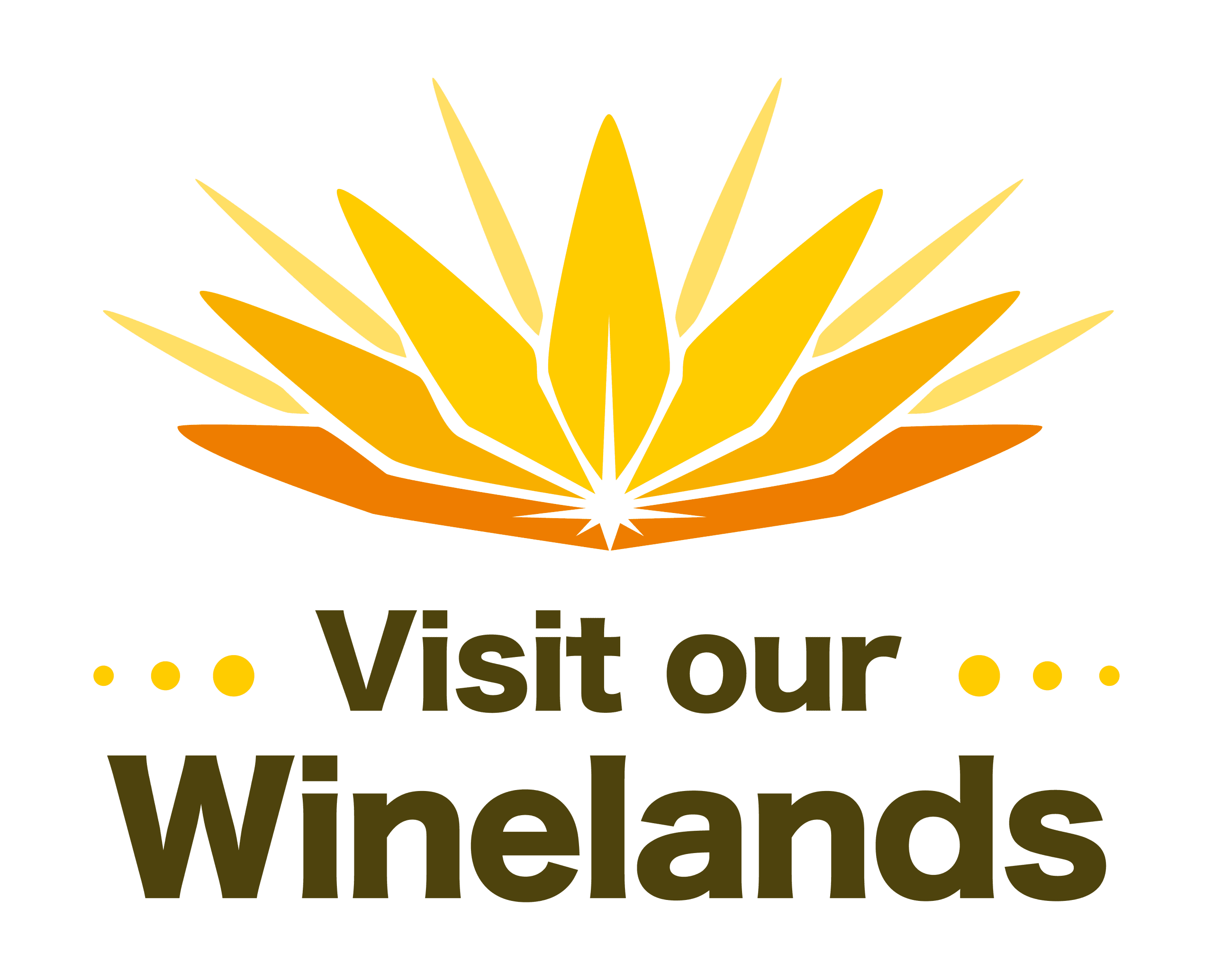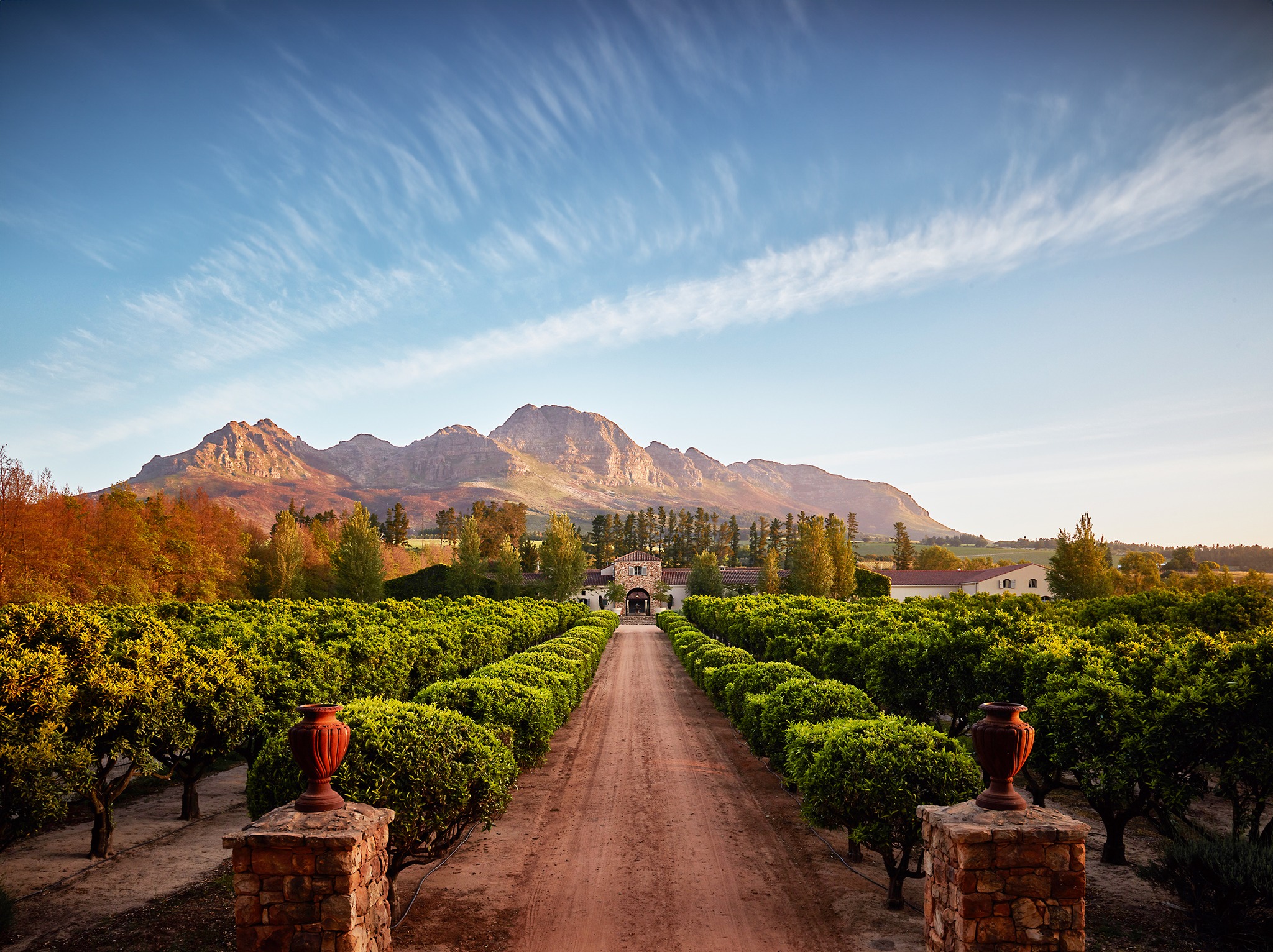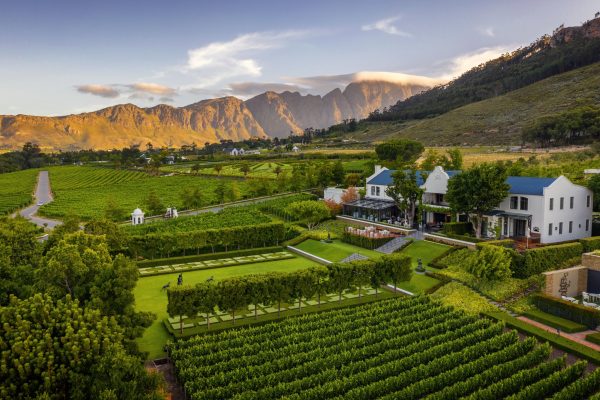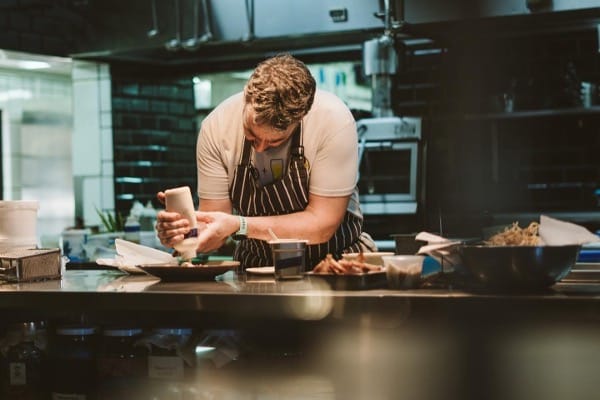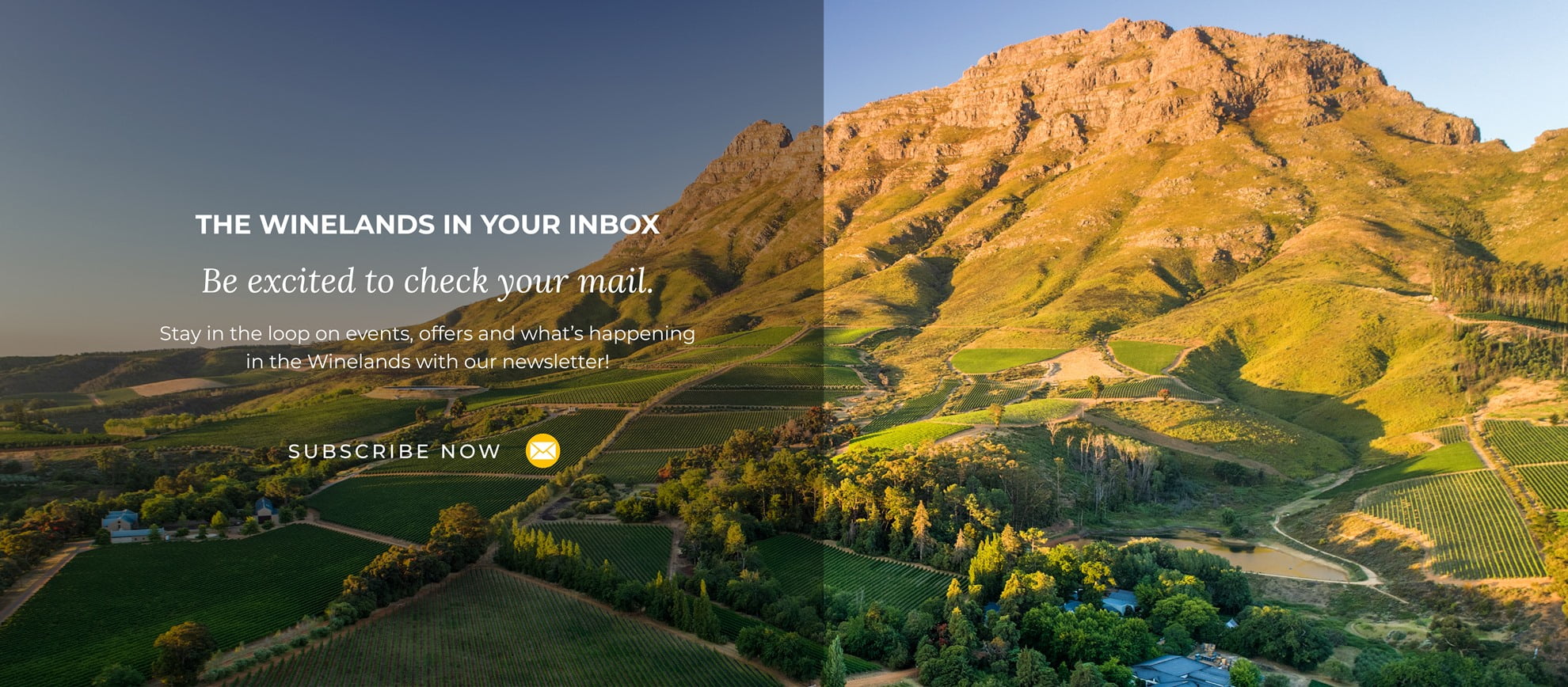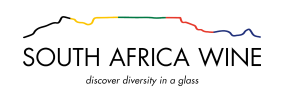Without Chardonnay, Dom Perignon would never have uttered the words: “come quickly, I am tasting the stars.”
Without Chardonnay, Winston Churchill would have been less inspired to fight for Champagne.
Without Chardonnay, Cassper Nyovest would not have been as inclined to insist: “less stress, more champagne!”
Chardonnay, a vital varietal in the production of champagne is a silent icon. Chardonnay is as versatile as it is misunderstood. Chardonnay can be produced in a rich range of styles – from linear and lean, to creamy and buttery, and even sparkling Blanc de Blanc wines.
Although Airen, a widely grown Spanish grape is the most widely grown white wine grape in the world (who knew?) – Chardonnay is highly popular among global wine growers.
In 2013, the University of Adelaide in Australia published research by economist, Kym Anderson that described global trends in vineyard plantings. The research, titled ‘Which Varieties Are Grown Where? A Global Empirical Picture’ states that the five most planted grape varieties in the world are Cabernet Sauvignon, Merlot, Airen, Tempranillo and Chardonnay.
South African Chardonnay is celebrated for its diversity and drama.
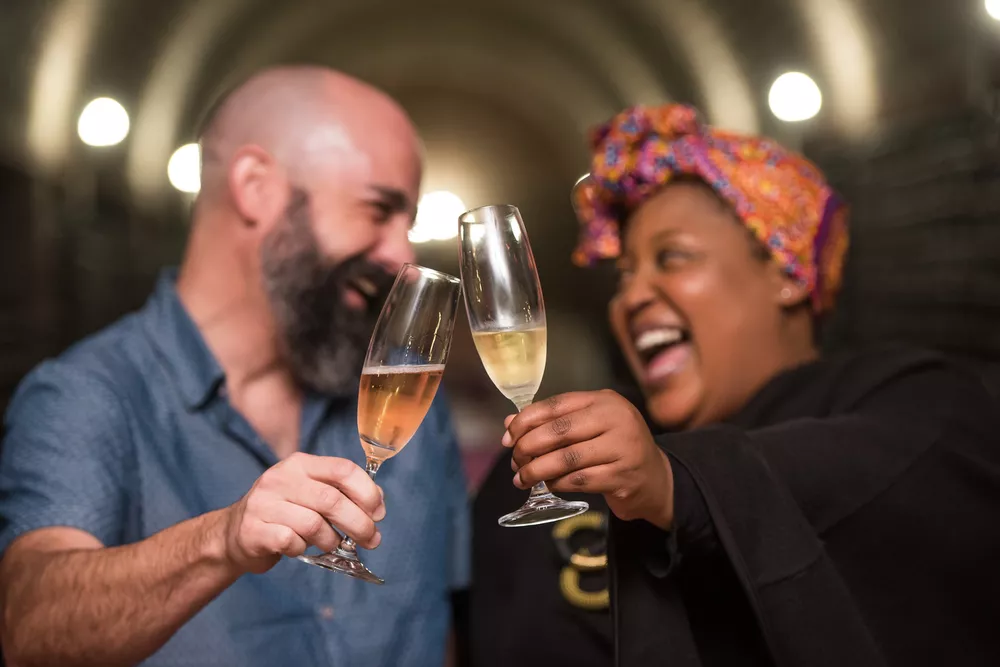
South African wine lovers have been heard declaring suspicious sentences like ‘anything but Chardonnay’ (ABC, know yourselves) and ‘I don’t’ like Chardonnay’. This is largely due to over-oaked Chardonnays giving a poor first impression and has little to do with the grape itself. Those who declare ‘Chardonnay is not for me’ cower under the guise of one or two bad experiences, without realising how prevalent Chardonnay is in our wine market.
Perhaps the nay-sayers have never ventured to the Robertson Wine Valley. The Robertson Wine Valley is renowned for growing such fine Chardonnay, that the grape forms the foundation for many of the country’s most revered Method Cap Classiques. Some of Robertson’s most highly regarded Cap Classiques include Graham Beck, Paul Rene MCC, Philip Jonker and other formidable brands from Robertson.
Robertson Revealed
Robertson is to South Africa what Champagne is to France. In France, producers realised how successful Chardonnay was at embodying terroir that it became a vital ingredient in the production of Champagne. The rules for producing Champagne include rules for the grape itself.
The Appelation d’Origine Controlee (AOC) rules and regulations for the varietals used in the production of Champagne include rules for planting, viticultural practices, pressing, pruning, the winemaking processes from start to finish and even how the wine is labelled and packaged.
Evidently, with the breadth of successful Champagne producers in the world, the role of the producer is just as vital as the quality of the Chardonnay (or another varietal) that comes into the cellar from the vineyard.
Johann De Wet, CEO of Robertson Estate, De Wetshof is as much a part of the character of Robertson as the red mountains and the blue skies are. Johann, named Agri Western Cape’s Young Farmer of the Year for 2018, works at the helm of De Wetshof alongside his brother, Peter.
Johann is as passionate about the Robertson Wine Valley as he is about Chardonnay.
During a tutored tasting of Robertson Chardonnay producers, Johann explained, “a good producer will always have a fingerprint, that golden thread, that’s what he does.”
In Robertson, that golden thread often comes from each producer’s individual ability to make distinctive wine.
Johann’s father, Danie De Wet was among the winemakers who brought Chardonnay into the country in the 1970’s, after a dicey, experimental Stellenbosch Chardonnay vineyard failed in the 1920’s. The circumstances around the first ‘stokkies’ of Chardonnay arriving in the country in the 1970’s are a loosely guarded secret, they involve international espionage and are whispered in giggles. Although the story of how Chardonnay arrived in South Africa is unpublishable (at this stage), it remains the sort of lore that is part of Chardonnay’s allure.

Chardonnay, a Burgundian native has become a South African classic.
Chardonnay plant material was collected by a group of South African producers, including Danie De Wet and Peter Finlayson at Geissenheim, a German wine school. With small, juicy, pale green berries the grape quickly charmed many a wine producer.
Chardonnay thrives under cooler temperatures and is sensitive to mildew and botrytis. In the past, it ripened in early February, but due to global warming, harvest dates have been fluctuating. Chardonnay thrives in soils with a high concentration of chalk, clay and limestone. The limestone, endemic to Robertson has been favoured by this French grape.
In 2017, 7,061ha of Chardonnay was planted in South Africa out of a total 98,579ha of vineyard plantings. Chardonnay was the fourth most planted white grape after Chenin Blanc, Colombard and Sauvignon Blanc. At the time, 1.48% of our Chardonnay was grown in Walker Bay, 1.48% was grown in Elgin, 16% was grown in Stellenbosch, 18% was grown in Paarl and Robertson accounted for 26% of Chardonnay plantings.
Chardonnay is known as a noble cultivar. Noble cultivars are 18 red and white international varieties that are wildly planted in most wine producing regions. Elegant Chardonnay is renowned around the world and has found its roots in Robertson.

Six Reasons to Explore Robertson Chardonnay
1. Weltevrede
The Jonker family has taken establishing Robertson as the home of Chardonnay in South Africa a giant leap forward with the new tasting centre set to open on 12 November 2021 at Weltevrede.
A two-hour tour takes visitors on a journey, winding through the converted cement fermentation tanks of the farm, starting with a global view of the varietal, funneling to the story of the Robertson Valley and Chardonnay and ultimately captivating the visitor with winemaker Philip Jonker’s passion for the varietal and a tasting of the different styles of Chardonnay that he makes.
If you, like us, are also very much inclined to Cap Classique you can also enjoy a second tour of the family’s bubbly, to which you can add the opportunity to bottle your own Cap Classique or try your hand at the technique of opening Cap Classique with a traditional sabre.
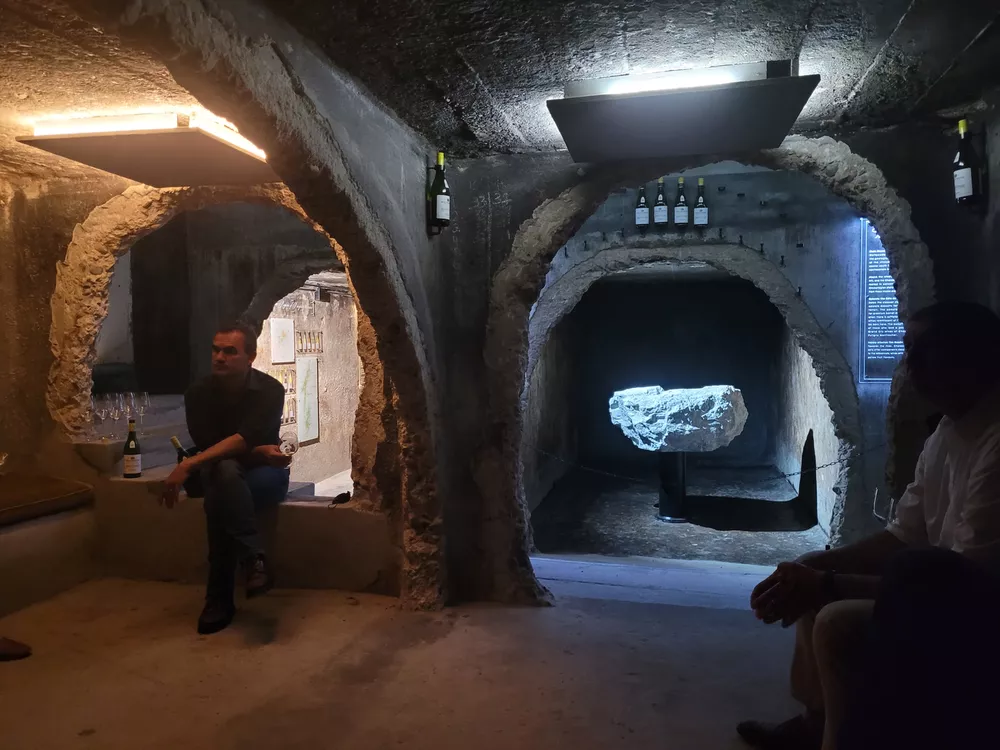
2. Rietvallei
Over 34 clones of Chardonnay currently exist. Research from UC Davis, California revealed that Chardonnay is likely a centuries-old cross between Pinot Noir, Pinot Blanc and Gouais Blanc.
Many varietals have become cousins, a concept that residents of the Robertson Wine Valley are intimately familiar with. When introducing Rietvallei Natural Unwooded Chardonnay 2017, Johann de Wet chuckled: “another cousin of mine.”
The lees contact (sur lie if you’re feeling fancy) gave this wine a richness that danced like silk, alongside the provocative citrus notes.
Making the wine without the influence of the wood also allows the character of the fruit to shine. It evokes the romance of an easy Sunday afternoon underneath an orange tree with a good book.
Rietvallei consists of 215ha with 119ha under vine. Kobus Burger, the current CEO and winemaker alongside his wife, Elizabeth form part of the team that has created an inviting and relaxed environment at Rietvallei.
3. Springfield
Springfield Wild Yeast Chardonnay 2016 is the embodiment of the sentiment ‘what will be, will be’.
What will be, is a volatile and uncertain winemaking process that has yielded rich rewards. Through malolactic fermentation, malic acid is converted to creamy lactic acid. Lactic acid is the acid found in milk. Malolactic fermentation reduced acidity in wine and produces a creamy texture, with an oily mid-palate.
Springfield Wild Yeast Chardonnay is fermented using the native yeasts from the skins of the grapes. The science behind Springfield Wild Yeast is a mouthful, but essentially, it is fermented in underground tanks for around 9 months.
Springfield’s low-intervention winemaking philosophy allows for the estate’s terroir to express itself as honestly as possible.

4. Arendsig
Arendsig Single Vineyard Block A15 2017, is part of a range of vital single vineyard wines made at Arendsig Estate.
Winemaker, Lourens van der Westhuizen and his team’s efforts should be in the dictionary next to the word ‘specificity’. These terroir-driven wines reveal the influence of location on wine. Located on an east-facing slope, above the banks of the Breede River, the vineyard for this wine has produced a wine with intense flavours.
With notes of citrus on the nose and green apple on the planet, this wine is like an eloquent spokesman. It speaks to the terroir with complexity and elegance.
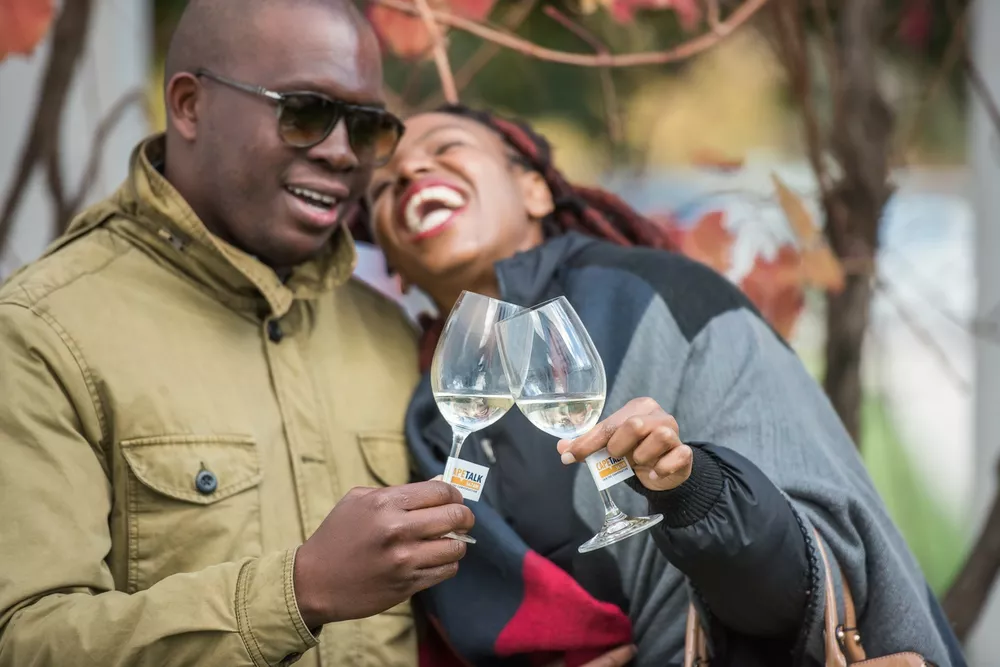
5. Langverwacht
Little known Langverwacht is located in well-loved Bonnievale.
“My point is to show you what we do as a valley,” Johann de Wet explained as he revealed Langverwacht Chardonnay during our tasting.
Chardonnay with hints of vanilla harkens the classic style that Chardonnay is renowned for.
The small but significant team of 13 members at little-known treasure, Langverwacht have been collecting treasures of their own. In 2018, the small team at Langvewacht won a gold Veritas gold award for their 2017 Chardonnay, as well as a gold Michelangelo Award.
6. De Wetshof
De Wetshof has become synonymous with the Chardonnay varietal, through no small effort. De Wetshof Bon Vallon Chardonnay 2018 was recognized as one of the 15 best Chardonnays in the world at the 23rd Chardonnay du Monde in Burgundy, France.
De Wetshof CEO Johann De Wet says that it is telling that an unwooded Chardonnay was honoured. He says, “for a wine which has not been exposed to wood to receive this accolade speaks volumes for De Wetshof’s terroir and Chardonnay focus.”
With a bevy of Chardonnay under their helm, including Bateleur, The Site, Lesca, Limestone Hill, Bon Vallon and a Brut MCC that predominantly consists of Chardonnay, De Wetshof is certainly focused on the varietal.
“The fact that from the 36 countries whose wines were judged, South Africa was listed twice among the top 15 Chardonnays is an accolade to all those who over the past two decades made it their passion to bring South Africa to the fore as a leading producer of quality Chardonnay wines,” Johann says.
